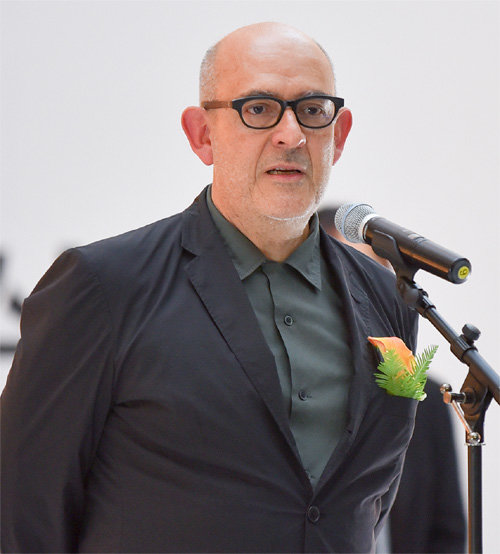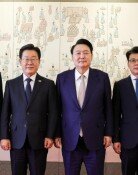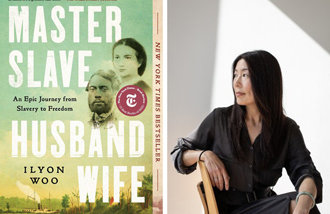Interview with co-director of the Seoul Biennale of Architecture and Urbanism
Interview with co-director of the Seoul Biennale of Architecture and Urbanism
Posted September. 19, 2019 07:19,
Updated September. 19, 2019 07:19

“Seoul is an experimental city that suggests many things to learn not only for developing countries but cities in advanced regions such as Europe and the U.S. This is because Seoul’s experience of going through ultra-fast growth in a condensed manner is new even for advanced nations,” said Francisco Sanin, co-director of the Seoul Biennale of Architecture and Urbanism at the Syracuse University in the U.S. He gave a lecture titled “Why Collective City” at the Dongdaemun Design Plaza in Seoul on September 8. In an interview with the Dong-A Ilbo, Sanin picked Euljiro and Gwangjang Market as one of the most impressive spaces in Seoul as a collective space. He particularly praised Sewoon Arcade, which was built by architect Kim Su-gun in the 1960s, commenting that it was “truly amazing and one of the leading buildings that inspired other cities around the world.”
“Sewoon Arcade was the first commercial and residential complex that turned high-rise buildings sideways and placed markets, restaurants and stores on the ground floor and arranging residential houses on higher floors. Devising a mega structure in the city had always been an idea in Europe, the U.S. and Japan, but Seoul was the first to experiment and build it.”
According to Sanin, Sewoon brought changes to Euljiro and nearby markets, while the markets ultimately transformed Sewoon center. As a result, a very collective city and multiple space with social network was created.
Sanin was appointed as the joint director of the Korean House at the Venice Biennale held in 2008. He teaches students at Korea National University of Arts and is knowledgeable of Korea’s urban architecture. The theme of the Korean House at the Venice Biennale had been “City of Bang.”
“Cities in Korea are dominated by Bangs, as you can see from the names of Singing Room (Norae Bang), Bang (Jjimjil Bang), PC Bang (PC stations) that are spread throughout the city. Apartment houses in Korea symbolize wealth, but they have brought side-effects such as isolation and the loss of communities.
Bangs reveal the desire to own a personal network space where people can escape the gaze of others.”
He also expressed concern on redevelopment project in the city, such as Euljiro. “Collective cities are not connected by money, but by social and cultural fabric. This means that we cannot
preserve buildings by taking down markets and alleys. Many cities around the world such as London and Beijing have come to realize that they have made irrevocable mistakes of erasing the city’s history, roots and memories.”
Seung-Hoon Cheon raphy@donga.com







